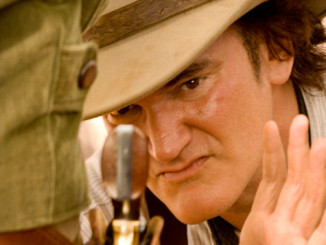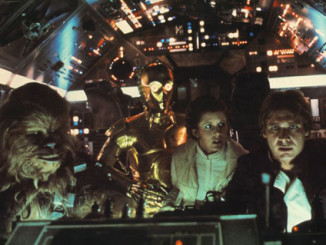 The 1970s were the Burt Reynolds decade. He was far and away the most popular actor of the era, being Hollywood’s highest grossing actor from 1978 to 1982. With a cackle of a laugh and a wink of the eye to the audience, he had the type of charisma that made men want to grab a beer with him and women want to…well…do other things with him.
The 1970s were the Burt Reynolds decade. He was far and away the most popular actor of the era, being Hollywood’s highest grossing actor from 1978 to 1982. With a cackle of a laugh and a wink of the eye to the audience, he had the type of charisma that made men want to grab a beer with him and women want to…well…do other things with him.
Burt Reynolds, the man who owned the 1970s, died today of cardiac arrest. He was 82.
Reynolds broke into acting in the late 1950s with small roles in TV shows like Flight, M Squad and The Lawless Years. A recurring role in the TV series Riverboat led to higher profile guest appearances in shows like Route 66 and Perry Mason. In 1961, he made his feature film debut in the drama, Angel Baby
In 1962, he was cast as Quint Asper on the long-running and highly popular TV western Gunsmoke. He played that character for three years and then returned to TV in 1970 starring in as the titular character in Dan August.
His film breakthrough came with 1972’s Deliverance. Reynolds play one of four men whose canoe trip through the Georgia wilderness goes horribly wrong. Hollywood took notice of Reynolds, and he began to get lead roles in films like White Lightning and its sequel, Gator (which Reynolds also directed), The Longest Yard, W.W. and the Dixie Dancekings, Hustle and Lucky Lady.
Reynolds’ career was launched into superstardom with the release of Smokey and the Bandit in 1977. Released the same weekend as Star Wars, the tale of a bootlegger’s battle of wills with a small town sheriff became the second highest grossing film of 1977. It established Reynolds as a box-office draw and a cultural icon.
He followed that film with Semi-Tough (also in 1977), The End and Hooper in 1978, Starting Over in 1979, Smokey and the Bandit II in 1980, The Cannonball Run and Sharkey’s Machine in 1981, and The Best Little Whorehouse in Texas in 1982.
As the 1980s progressed, a series of bad film choices send Reynolds’ successful career into a tailspin. Bombs such as Stick (1985), Heat (1986), Malone (1987), Rent-A-Cop (1988) and Switching Channels (1988) took away all of Reynolds’s box-office luster, so much that a rare hit, such as 1992’s critically lambasted Cop and a Half seem like failures in fans’ fuzzy memories.
This set up Reynolds for a comeback. The actor started taking supporting roles in smaller films like Citizen Ruth (1996) and Striptease (1996) but it was his role in 1997’s Boogie Nights that put Reynolds back in the spotlight. He role as the patriarch of a group of porn industry workers got Reynolds attention for something he seldom got earlier in his career–his acting. He won the Golden Globe that year for Best Performance by an Actor in a Supporting Role in a Motion Picture and was nominated for a Best Supporting Actor Oscar as well.
But Reynolds was unable to parlay that acclaim into renewed box-office success. With some exceptions like his roles in Mystery, Alaska, The Longest Yard remake and The Dukes of Hazzard film, most of his post-Boogie Nights films ended up going straight to cable or direct to DVD.
He was poised to make another return to relevance in Quentin Tarantino’s Once Upon a Time in Hollywood. He was to play George Spahn, the owner of the Spahn Ranch where the Manson Family lived during the height of the Tate/LaBianca killings. The movie has just begun, and it is not yet known if Reynolds filmed any or all of his role before his passing.




